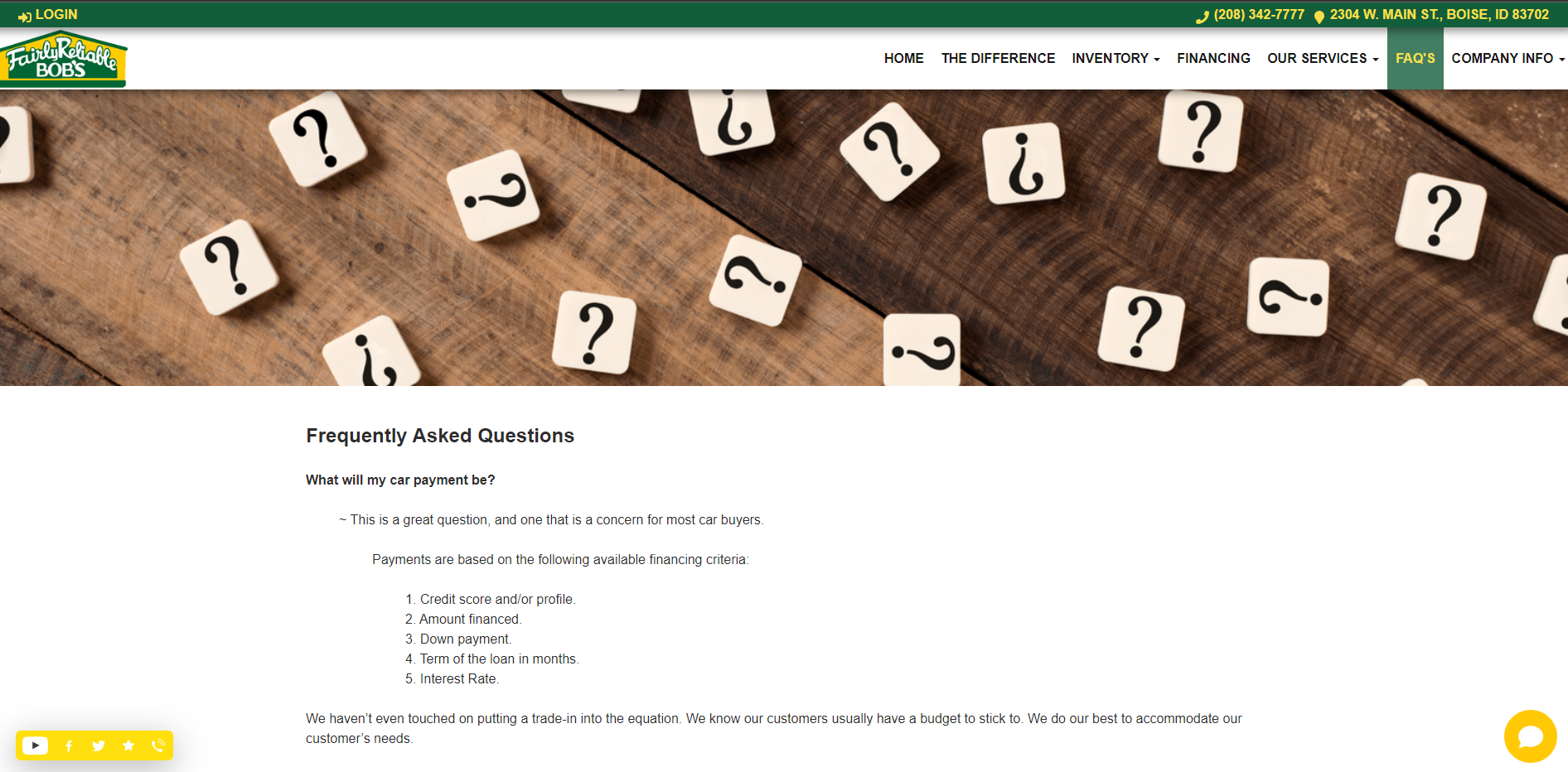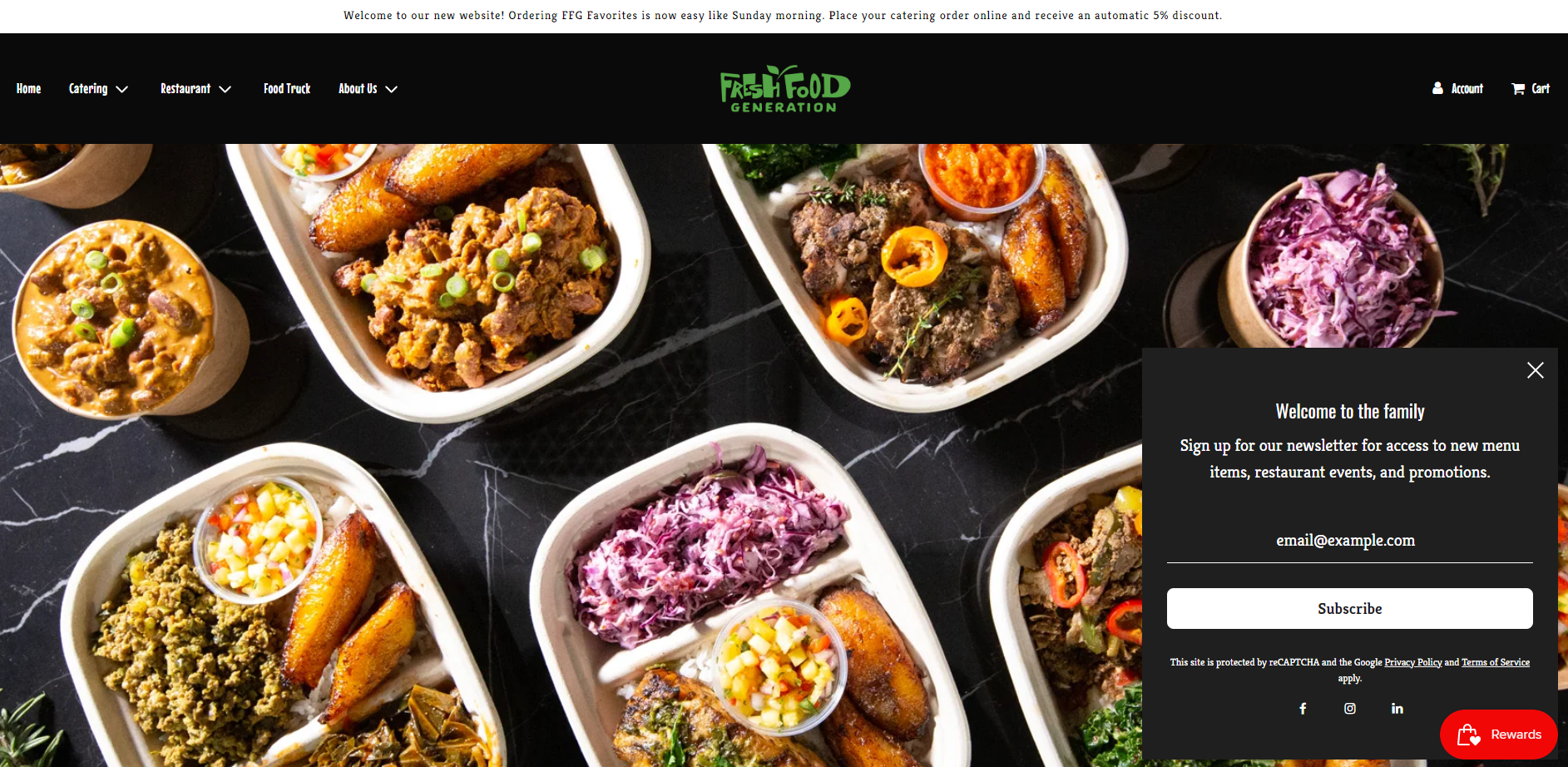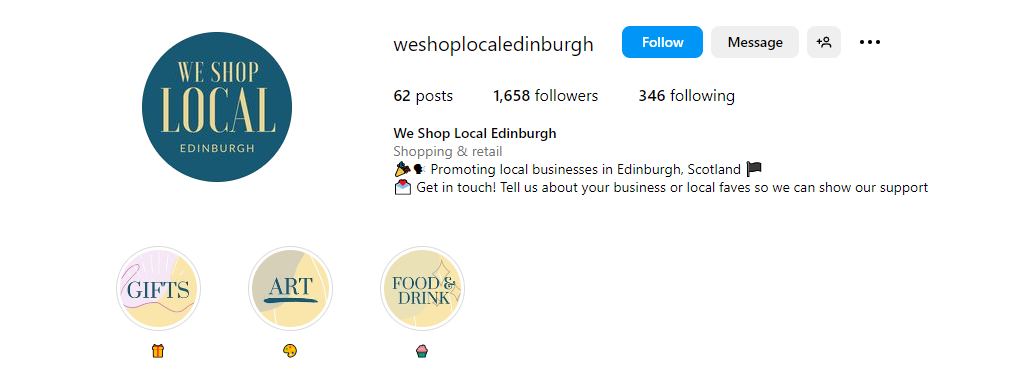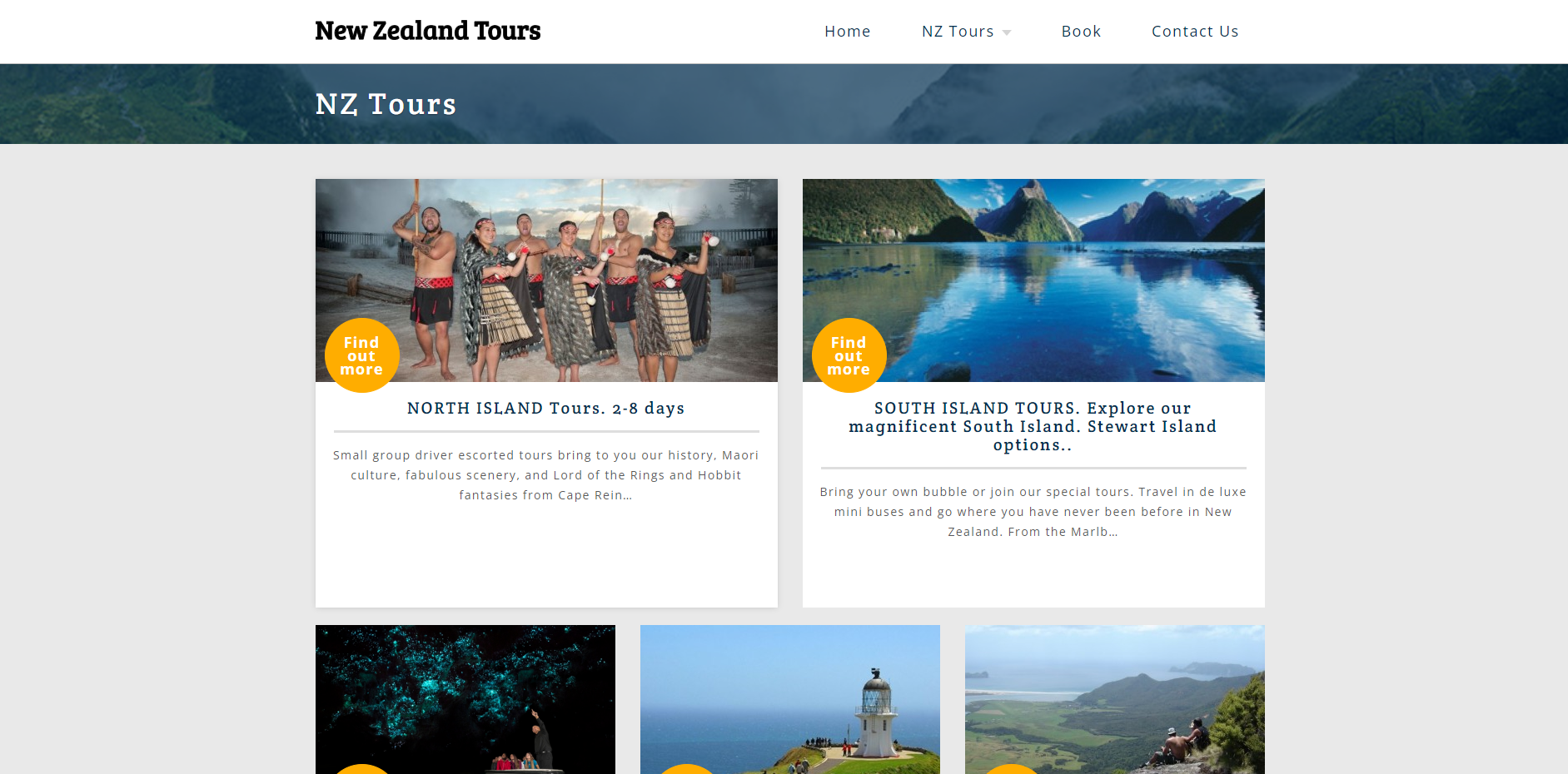Back in the day, I ran a frankly ingenious operation selling farm-fresh eggs from my backyard. So I guess you could say I’m a bit of an expert in small business (SMB) marketing and advertising.
OK, so maybe I was 9 years old. And I didn’t do any actual marketing or advertising. And I only had like 5 chickens. But that’s not the point.
The point is that SMBs, not to be confused with SMEs (small and medium-sized enterprises), have unique needs and challenges. Whether you’re a tiny little chicken farmer or an actual grown-up with a real business, you have to face tight budgets, small teams and an uphill battle to win every potential customer.
What does that mean for your SMB marketing and advertising strategy? Could the right content really have helped me grow into a worldwide egg-selling superpower? Let’s find out.
Breaking Down SMB Marketing and Advertising
First things first: Although small business marketing and advertising are both important, they’re about as similar as a Rhode Island Red and a Booted Bantam. (That is to say: They’re both chickens, but they lay different kinds of eggs — and, thus, do different things for your company.)
Here’s a quick breakdown:
- Marketing: Marketing is about building brand awareness, telling your story and communicating with your target audience, often through well-researched content. Examples include blog posts, white papers, infographics and explainer videos.
- Advertising: Advertising is a kind of marketing that uses paid channels to get the job done. For example, you might use social media ads or even billboard ads to win new customers.
At the ripe old age of 9, I wasn’t using any SMB marketing strategy at all, and the only kind of content creation I did was some very bad crayon work. (We don’t talk about that phase of my career.) However, if I’d wanted to grow my audience and, thus, my business, I would have had to think about a few main elements:
Marketing Goals
Everyone’s marketing goals can look a little different. Examples include:
- Increasing brand awareness.
- Generating high-value leads.
- Boosting website traffic.
- Creating up- or cross-selling opportunities among existing customers.
It’s important to know what the finish line looks like so you can plan your marketing strategy accordingly. For example, if I wanted to create cross-selling opportunities for my target audience, I might have planned a meet-and-greet campaign encouraging people to tour the chicken coop responsible for their omelets.
Expert Teams
My flock may have been expert layers, but they weren’t terribly skilled in digital marketing. In fact, there wasn’t a single content writer, graphic designer, social media expert or account strategist among them, and the only “search engine optimization” they knew about was moving their beaks in just the right way to find bugs in the grass.
Long story short: If you have real people in your small business — or even a digital marketing agency on your side — you have a leg up. Content creation and distribution is an art, and you need more than chicken-scratch to make it worth your audience’s time.
Healthy Budgets
Just like I needed money for bird feed, you need money for content. That includes creation, optimization, distribution and performance tracking — but keep in mind that all of this must lead to demonstrable returns on investment (ROI). Things get even more interesting if you focus on advertising, because then you have to think about stuff like “ad spend” and “pay-per-click strategies.” (My chickens wouldn’t have found that interesting, but you should!)
Subscribe to
The Content Marketer
Get weekly insights, advice and opinions about all things digital marketing.
Thank you for subscribing to The Content Marketer!
Tips for Your SMB Content Campaign
In some other universe, my SMB marketing strategy was both existent and wildly successful, and it probably made me a chicken millionaire. Here’s what would have made it possible:
#1: Doing Audience Research
Audience research is where you learn that your customers want to see happy, free-range chickens or that they’re caterers looking for huge egg orders. This kind of information enables you to build audience personas — “characters” that represent your customer base and guide your decisions when marketing to them.
#2: Using Different Platforms
In some ways, your website is your home base and your most important marketing platform. However, you shouldn’t be afraid to branch out. Your target audience wants to be able to find you on LinkedIn, X (formerly known as Twitter), Facebook, Instagram and maybe even TikTok. On top of that, if someone searches for your company by name, you definitely want to show off your Google Business Profile (previously called Google My Business).
I didn’t have any of those things, and look where I am now: totally chicken-less. (Not that correlation equals causation in this case. I just moved to a subdivision where feathery neighbors are frowned upon.)
#3: Telling Varied Stories
I would have put funny chicken content on TikTok. I would’ve shared my business values on LinkedIn. And you can bet I would have published endless blog posts about good chicken-keeping habits.
The point is that I would have told varied stories, especially through different kinds of social media content. Videos, GIFs, static images and text posts all create unique experiences for a potential customer — and, better yet, you can use this content to gather richer data on your social media benchmarks.
#4: Using SEO Appropriately
SEO and its more specialized sibling, local SEO, are loved by marketers and advertisers across the world. These tools don’t just help you increase website traffic by showing up in the right Google search queries; they also enable you to bring customers to you rather than the other way around. That’s called inbound marketing, and it makes your audience run to you like this:
Examples of Savvy SMB Content
It’s one thing to imagine SMB advertising and marketing; it’s another thing to see that strategy come to life. Here are a few examples of digital marketing that definitely would have been my inspiration if, y’know, any of it existed when I was 9:
FAQs – Fairly Reliable Bob’s

Fairly Reliable Bob’s is a used car dealership in my hometown, and I would argue that its name alone is some of the best social marketing I’ve ever seen from a local business. Why? Because I can ask almost any of my Boise friends about “Fairly Reliable’s” and they’ll know what I mean.
But catchy name aside, Fairly Reliable Bob’s also has a solid FAQ page. This smart little piece of content marketing doesn’t just help a potential customer answer questions, thus saving time for sales folks; it also presents plenty of opportunities to get in touch with a real human if necessary. (Notice the chat bubble on the bottom right and the social media platform links on the left.)
Newsletter – Fresh Food Generation

Located not too far from Brafton’s own home base in Boston, Massachusetts, this catering company starts off strong with a newsletter pop-up right on its home page. This invitation to connect via email marketing is made even more effective by the fact that it’s right on top of that mouth-watering background image. Way to go, web design team at Fresh Food Generation!
On top of that, this company has also taken advantage of a local media award — the 2023 Small Business of the Year Award — to share its position in the community.
Influencer Marketing – WeShopLocalEdinburgh

This Instagram account is a small business take on influencer marketing, helping local companies in Edinburgh, Scotland share digital advertising and marketing content. There are 2 ways to get inspiration from this example:
- Learn to connect with social marketing influencers in your area.
- Become an influencer yourself and make that your small business.
Either way, there’s plenty to learn from this approach.
Digital Product Booklet – New Zealand Tours

You’ve probably perused a travel magazine or looked at a product booklet from your favorite store, but this New Zealand tour company combines the two in an eye-catching digital brochure. This is an effective marketing effort because it combines elements of customer self-service and graphic and web design, grabbing the target audience’s attention in more ways than one. Anybody want to explore Hobbiton with me?
Make SMB Marketing and Advertising Magic
My chicken farming days are behind me (for now), but I know I would have built an eggshell empire. All I needed was a little marketing and advertising magic — and although I can’t take advantage of it at the moment, you certainly can.
Sure, maybe you won’t jump into the deep end with billboard ads and become a Google Business Profile expert overnight. But you’ll have what you need — the know-how to build a solid marketing strategy and the dedication to win new customers.
Good luck, fellow SMB marketers and advertisers. Just remember this nugget of wisdom from my chickens: Don’t keep your story cooped up.





